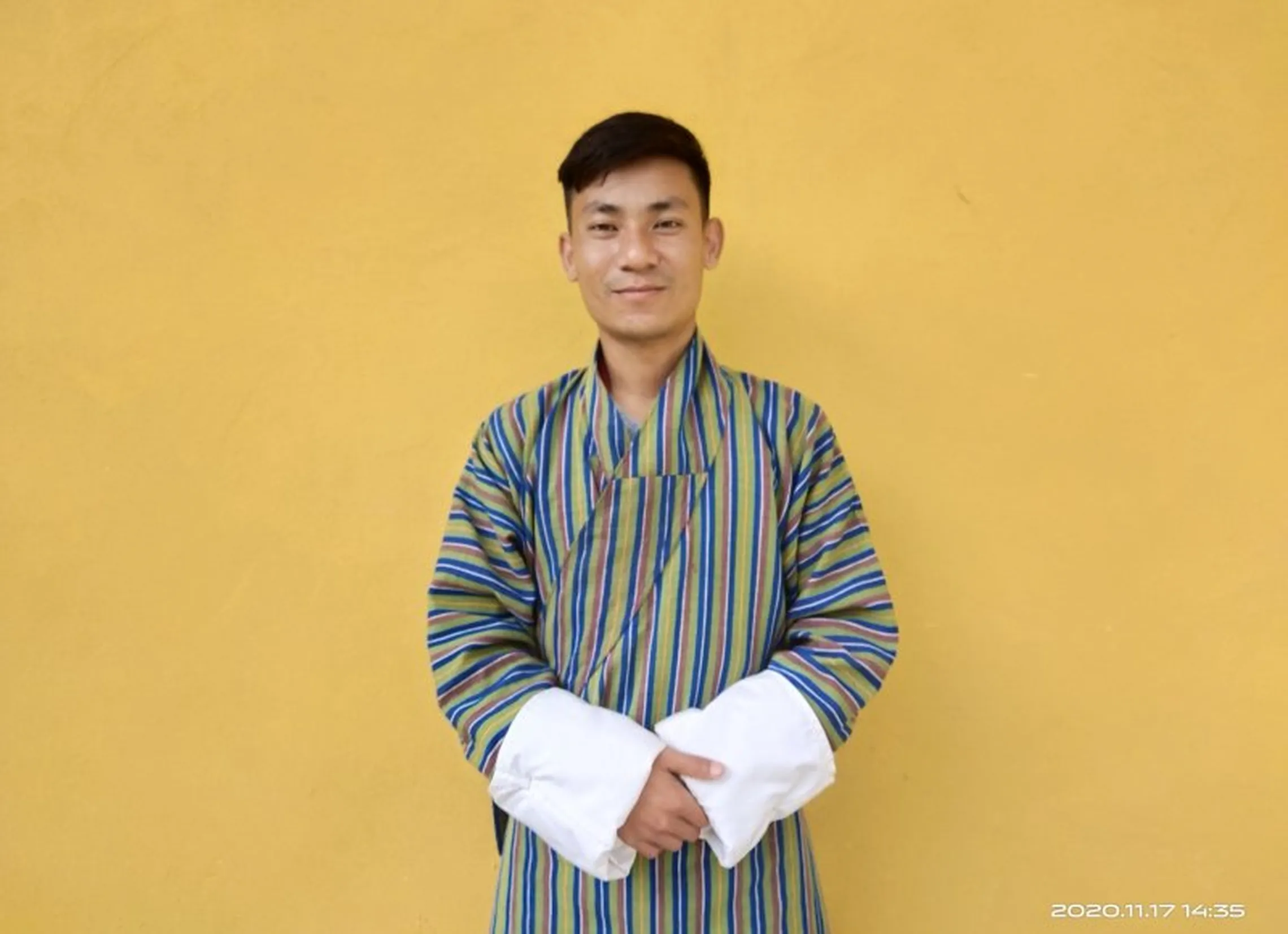Gesarling gewog
What it took to achieve 100% sanitation and hygiene, district-wide: a story by Pema Thinley, Gewog Administration Officer, Gesarling gewog, Dagana.

It is understood that the most important rooms in a household is not the sitting or living rooms. It is believed to be the two rooms we hardly take notice of; the kitchen and the washroom. Between the two, the kitchen takes greater priority. It is, after all, where food is mostly prepared. Toilets, on the other hand, their hygienic condition and maintenance, are not deemed necessary. These were the mindsets that the Gesarling gewog (group of villages) team had to change.
‘Toilet? We don’t need a toilet. We live in rural areas,’ said a farmer during the initial stages of the Community Development for Health (CDH; sanitation triggering) workshop. Though this comment came from an individual, the same message resonated with several others. It was understood at this point that the CDH workshops will need to take highest priority.
With these challenges in mind, the Gewog Administration – led by the Gup (sub-district local leader) – informed all the Tshokpas (elected leader of a village) to organise CDH workshops urgently and to regard these as highly important. The Tshokpas, in turn, informed every individual household about the upcoming CDH workshops. To the surprise of the CDH workshop facilitation committee, led by the health personnel of Dagapela Hospital, more than 95% of all households attended the workshops. Gaining a massive turn-out compared to earlier community workshops, the household representatives who attended the workshops were fully convinced and satisfied about the need for an improved toilet. All these would not have been possible without the unwavering commitment of health officials, gewog officials, and most importantly the local leaders.[1]
It is always easier said than done. While planning for the initial stages of the CDH workshops was easy, execution of the proposed plans was difficult. Some households in the gewog were economically disadvantaged and/or lacked human resources and/or were single-headed or led by elderly members of family. The COVID-19 pandemic added further pressures on the Gewog Administration.

Gewog review meeting with SNV and PHED partners
Messages and reports from households following the CDH workshops had been positive. One week after attendance to the CDH workshops, some households completed the installation of their pour flush toilets. This was the first ‘ray of light’ for the gewog, and one step ahead in achieving our sanitation and hygiene goal. Taking cue from the success of these households, the Gewog Administration, with the Tshokpas and health assistants set up the completion date of all toilets at January 2020. Sanitation and hygiene became one of the regular agenda points in every official meeting at gewog level, i.e., meetings and gatherings never ended without emphasising sanitation and hygiene. When the Hindu Puran (ritual/public gathering) was held, the Gewog Administration made sure that the toilet was constructed first before any gathering could happen, to the enthusiasm of the public.
Every day, the Tshokpas and health assistants visited the gewog’s households to create awareness on the need for improved toilets. But some households still faced the challenges of limited human and financial resources. To address this, the Gup, in consultation with the Gewog Administration decided to provide toilet pots and pipes to economically disadvantaged households. For areas with limited human resources, the Gup coordinated with trained masons. Some villages also saw the Tshokpa working without pay. People were taking ownership and translated His Majesty the King's 'One Nation, One People' vision into practice.

Reporting live from Gesarling gewog, Pema Thinley.
All in all, Gesarling Gewog Administration worked hand in hand with health officials and local leaders, including village health workers and the public to achieve 100% pour flush toilets. The Gewog Administration were in charge of the execution of annual sanitation and hygiene activities. Health officials’ support continued and did not falter amid the COVID-19 pandemic. All these were made possible by the unwavering commitment and support of the gewog, health, local leaders, and the public. Any shortcoming from a single agency could have been costly to the mission.
Finally, the gewog has achieved 100% improved toilets but its local leaders continue to remind the public about ways to sustain sanitation and hygiene. In addition, the gewog is still working towards making toilets accessible for people with disabilities. The Gewog Administration believes that in order to change people’s mindsets, there should be continuous monitoring and follow up.
We are proud to be one of the few gewogs to achieve 100% improved sanitation and hygiene, under no less than the leadership of Dagana district’s female Gup.[2] [3]
Photos: Photos submitted by author, Pema Thinley.
Notes
[1] In Dagana Central, sanitation and hygiene interventions are supported by SNV, with financing from the Australian Government’s Water for Women Fund.
[2] This story is part of an SNV in Bhutan SSH4A blog series by local government, health care, and community partners. In this series, partners reflect on the success of Community Development Health (CDH) workshops in encouraging villages, sub-districts, and whole districts to prioritise their sanitation and hygiene conditions.
[3] Throughout Bhutan women leaders at district level are few. In Dagana, the district leadership has two women. The story of Gesarling gewog is also a success story that shows the importance and effectiveness of women’s leadership. Read more about a Beyond the Finish Line Bhutan programme scoping exercise of gender and social equality status in several districts.
We'd love to hear from you
Contact SNV's Water Team in Bhutan if you're interested to exchange or learn more about effective WASH behavioural change methodologies implemented nationwide.